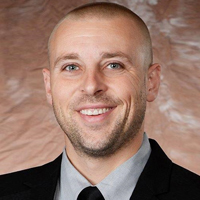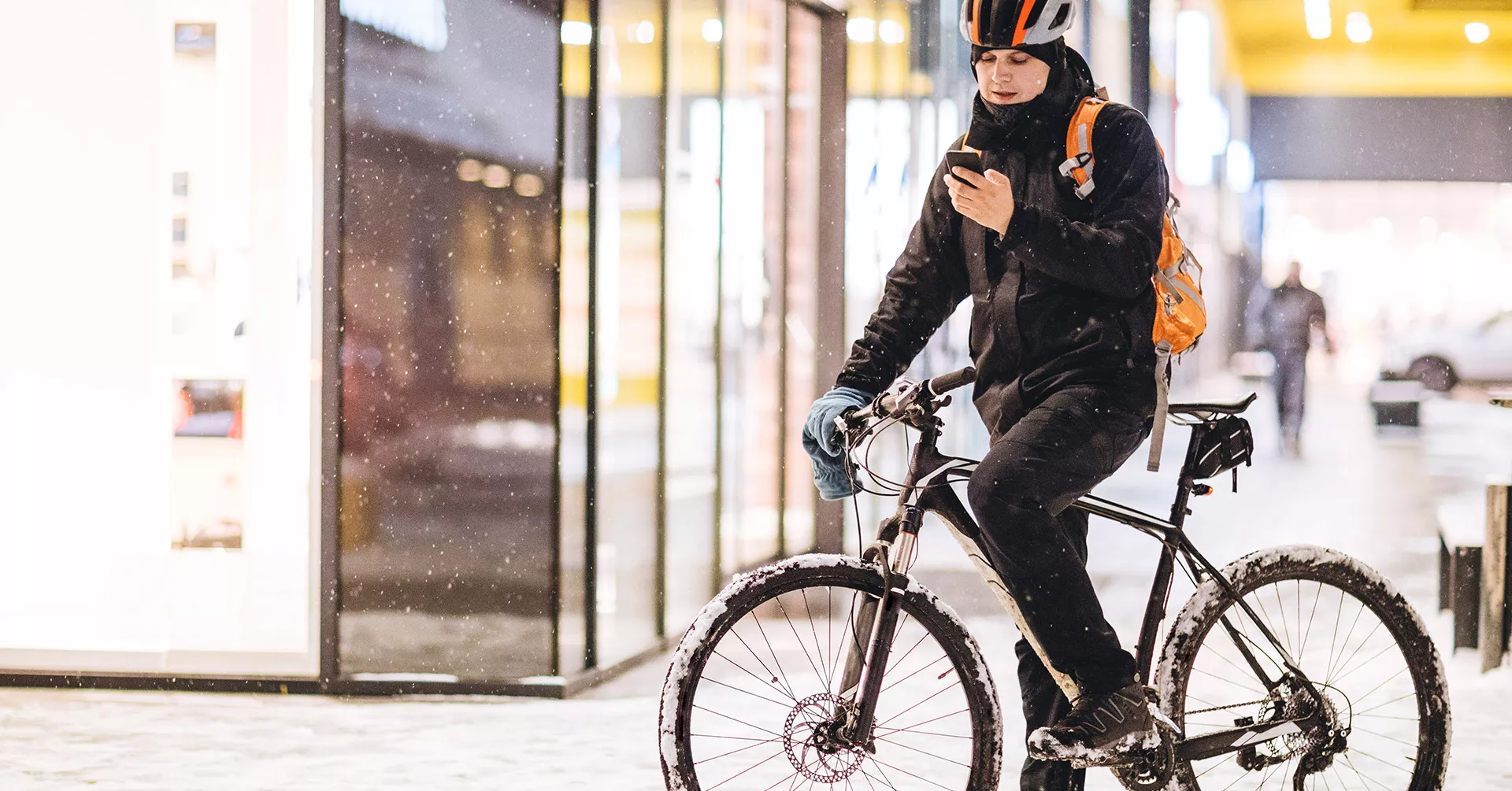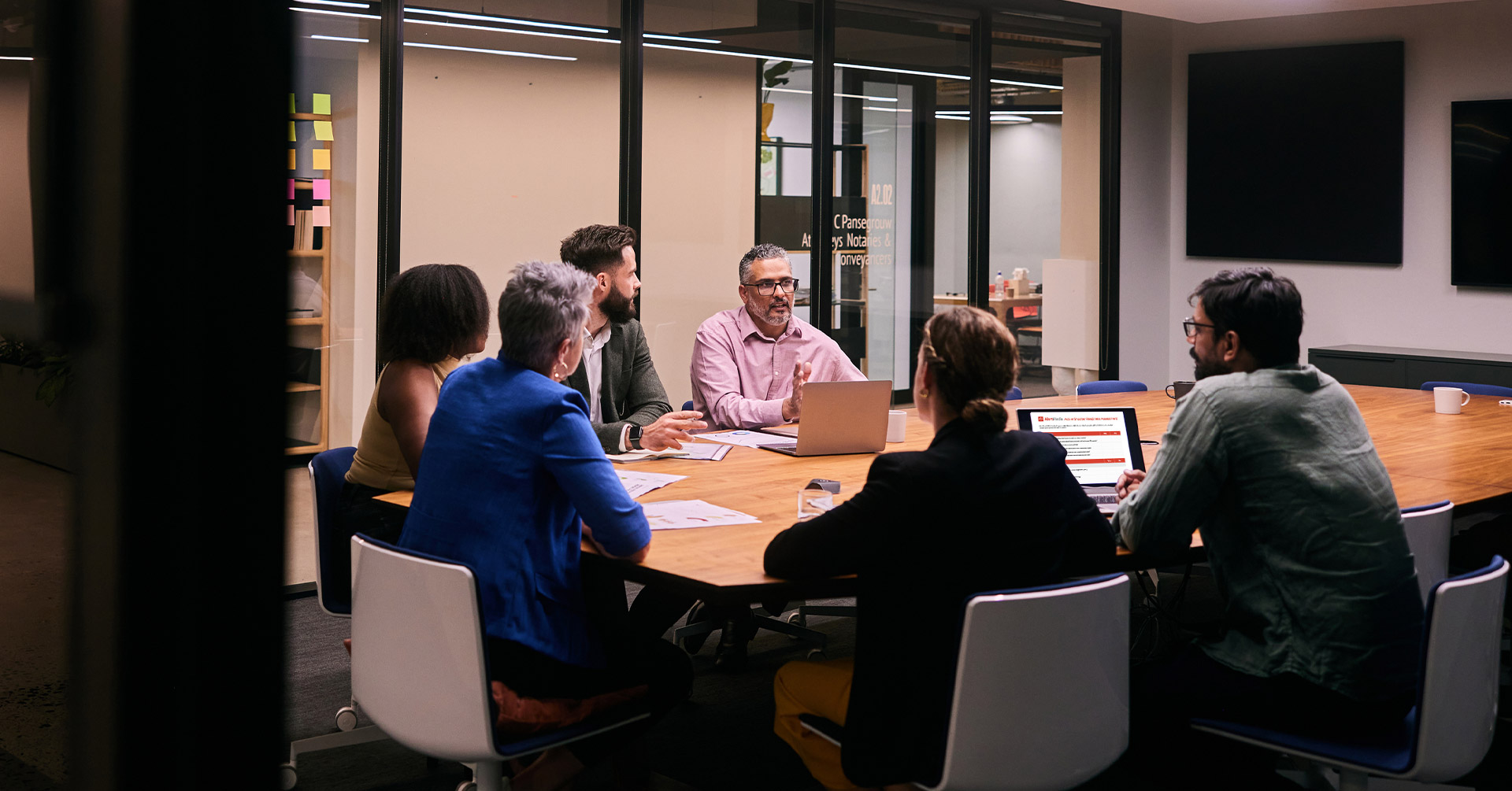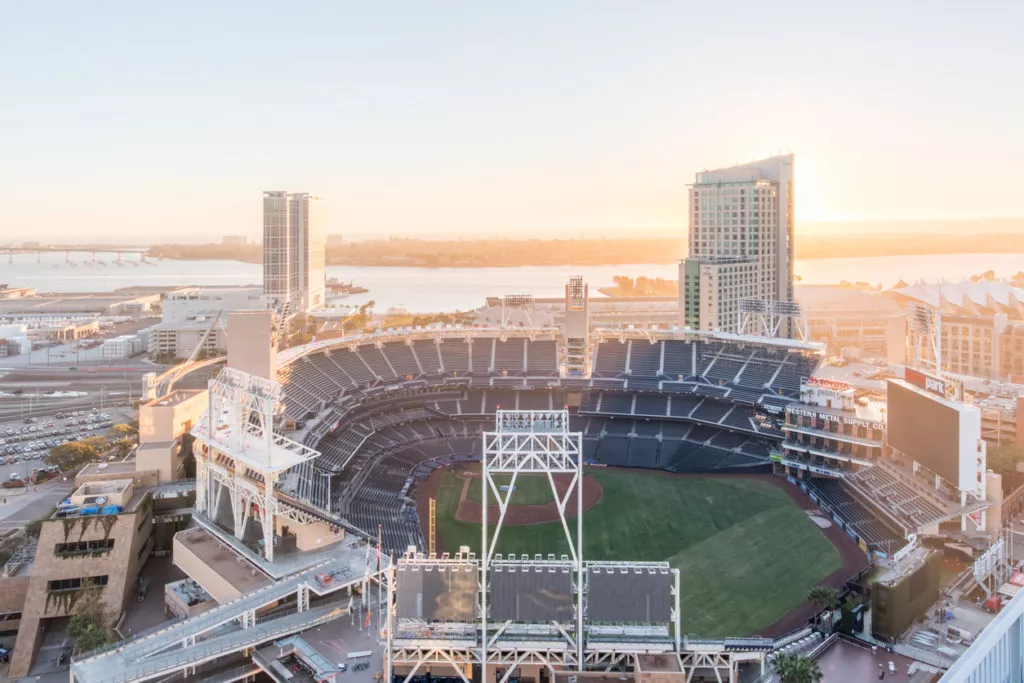
Improving Facility Security: Q&A with Kevin Dooley of the San Diego Padres
In this Q&A, Kevin Dooley, Sr. Director of Security and Transportation for the San Diego Padres, shares best practices and advice on keeping facilities of all sizes secure.
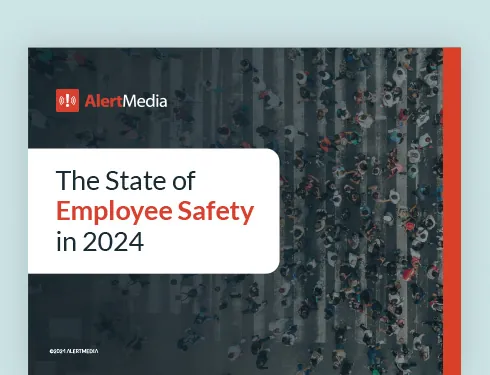
Facility security presents unique challenges for safety leaders. Whether you’re managing a small office for a few hundred employees or a large event venue with a capacity for thousands, the overarching goal remains the same: keep people safe at all times.
On a recent episode of The Employee Safety Podcast, Kevin Dooley, Senior Director of Security and Transportation for the San Diego Padres, joined us to discuss safety procedures, communication best practices, and technology that can help keep facilities of all sizes secure.
Prior to joining the Padres organization, Kevin led safety and security for several NBA franchises, including the Charlotte Hornets, San Antonio Spurs, and Atlanta Hawks, overseeing facility and parking security for each organization’s arena. Kevin also has experience securing large-scale events, including the 2014 NBA Finals and the 2012 Democratic National Convention. In his current role at the Padres, Kevin oversees all elements of security and emergency preparedness. You can listen to the full conversation below.
Q&A With Kevin Dooley, Senior Director of Security and Transportation, San Diego Padres
Throughout your career, you’ve been responsible for security at large sports arenas. What are some of the unique challenges security leaders like yourself face while working to keep players, employees, and general public safety?
From facility to facility, the structures and staffing levels will be different, whether it’s a large stadium with a capacity of 80,000 or a smaller venue. The most common challenge that arises, regardless of facility size, is putting a team in a position to be successful. This can be challenging because we’re dealing with frontline staff members. If we’re talking about a sold-out baseball game, we have upwards of 300 employees coming in. Organizing that many people to get in line with the same mission can be challenging. It’s all about identifying the right people for your team and providing them with training, team-building activities, and collaboration opportunities across all departments. The interesting thing about security is that it touches every department throughout an organization—from finance and human resources to daily operations.
How do you respond to new threats in your industry? What role does technology play in finding a solution to these threats?
We are definitely tech-forward. We’re living in an age where you have to embrace technology. However, if you have a problem within your operation, throwing new technology at it won’t fix anything. Technology should be an accelerator, not your reason for the change. We use technology to improve our analytical capabilities and to prevent threats before they occur. Your technology should mirror the operational procedures that you already have in place.
“"Regardless of company size, all security professionals have a common goal—to keep people safe."”Kevin Dooley Senior Director of Security and Transportation, San Diego Padres
Throughout your career, you’ve been responsible for overseeing large-scale facilities and operations. What security and communication advice can you share that applies to those leading security for smaller buildings with a few hundred employees?
Regardless of company size, all security professionals have a common goal—to keep people safe. Communication is key. It has to start with leadership and translate outwards. Every organization needs a tool to communicate, whether it’s email, text messages, or an emergency communication system like AlertMedia. You have to stay connected and provide information across your teams so they’re not surprised when something unexpected happens.
How do you prepare during the off-season to ensure your facility is ready to implement security procedures when the time comes?
As we approach the off-season, I always take notes on improvements or new projects we should take on. We then agree on one overarching goal and come up with measurable tasks to accomplish it during the coming year. Whether you have three members on your team or 30, everybody needs to share a piece of the pie and have a role in accomplishing the goal.
The sports industry looks a lot different right now due to COVID-19 restrictions. How has having significantly fewer people in the stadium impacted your team’s security measures?
It’s very different, and it has presented new challenges. We’re finding that we have to put a lot more effort into something a lot smaller. Ultimately, our mission is the same, but the priorities have shifted—it’s now health and safety, followed by security [due to fewer fans at games]. We’ve added new steps to our safety procedures, like temperature screenings, for example. We also have to continue taking care of our people and ensure that they’re able to adapt to change because, due to COVID-19, we’re asking employees to alter the way they’ve done things for years.
What do you think most people get wrong when it comes to facility security?
Many times people become complacent with just being good. While there’s nothing wrong with being good, why not embrace change and push yourself to become great? By identifying which procedures are working and which tools can help you accomplish more, you’ll be able to challenge yourself to take your security from one level to the next.
Has there been a memorable event or crisis in your career that strengthened your team’s safety culture or revealed opportunities for improvement?
When we hear the word crisis, we often think of a catastrophe. Learning doesn’t require experiencing a major crisis—we should always be reviewing events and coming up with things that can be improved. You always should conduct some type of after-action review, whether it’s a formalized process with departments getting together or just the security management team discussing what could have been done differently. For example, we had an unlawful entry when our staffing levels were lower due to COVID-19. While unfortunately, the incident allowed us to identify gaps in our security coverage that we hadn’t seen before. Fortunately, we were able to mitigate the threat, and there was no harm. But it challenged us to look at the event from a “what if” scenario. Since then, we’ve built a more effective method to conduct our interior and exterior security checks.
What are some ways companies can create a stronger safety culture? How do leaders encourage employees to take part in the security of their facility?
Find ways to integrate your security initiatives into each department. For example, during our evacuation training, we involve various departments and ask them to be our evacuation captains. We do quarterly exercises with our teams and provide them with “go bags” that include PPE, a checklist, and anything they may need to help evacuate employees. It’s also important to build the “see something, say something” rule into your training. If someone walks in on a door that got left open, your employees should be conscious enough to make that call to security and not just see it as someone else’s problem. As a security leader, it’s essential that you make yourself present. Make sure people in your organization know your name and face. It will help you build trust throughout the company and get people comfortable coming to you if they see potential risk.
Portions of this transcript were edited for clarity or brevity.

